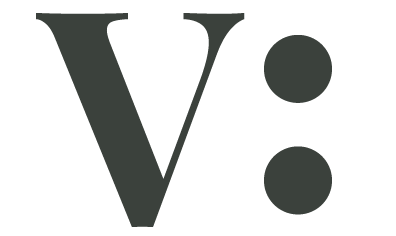Honar
Unique handmade Belarusian clothes. National contemporary fashion is the style of work by designers Karina Adesenka and Pavel Dounar. Simple shapes, modest colors, emphasized lines and silhouettes, ethnic and national accents and author’s embroidery are features of their brand HONAR. There is foundation of creating actual and unique things.
Modern handmade belarusian clothing for people with honor!
Modern handmade belarusian clothing for people with honor!
ROLE
UI/UX designer, UX researcher
DURATION
80 hours
HONAR is handmade prêt-à-porter clothes from quality Belorussian, European and Asian textile. They has a flagman store in Belarus and low online visibility. A customer has to come to the store to make a purchase. Greeted with home-like atmosphere customers were ready to come from different cities to buy unique clothes.
Overview
Problem
Due to COVID offline sales declined significantly and they didn't have a modern e-commerce website to gain their sales back.
Solution
Designing a modern-looking responsive e-commerce website
To shift the declined sales back via introducing the updated online store
GOAL
Being a prêt-à-porter clothes Honar stands along with premium brands. I looked at several potential competing companies, and although none compete directly with Honar, they can still infringe on the business' premium features and uniqness & popularity. Honar has the opportunity to capitalize on this by bringing products from each company to create a one-stop shop without oversaturating the user's selection.
Research
All successful brands have common features but they all look and function slightly differently, which is one of the way companies differintiate online apart from pricing. But premium brands don’t bother competing in terms of pricing and, therefore, invest into features, which discovers a whole new level of shopping experience.
KEY FINDINGS
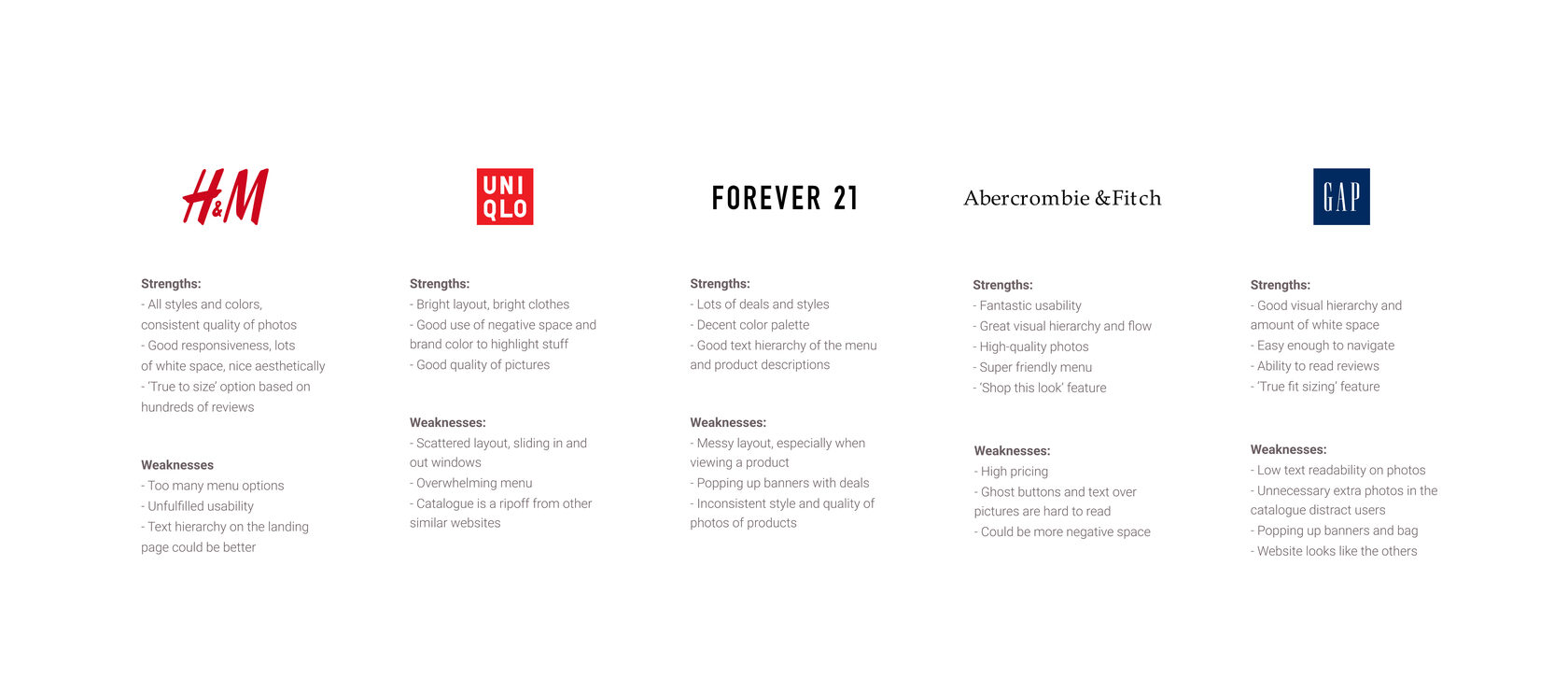
Competitive Analysis
Understanding the User
I gathered as much as I could from the end users to understand the challenges they face during online shopping and what's differentiate premium brands' shopping experience.
"I'm a shopaholic. I usually pick items online and go to the store to check their materials. If I don't like it, I return purchases right away."
"I think we'll do everything online in the future. We are half-way there. I believe brands would come up with something to offer the similar shopping experience as customers have in store."
"Sometimes I just do online shopping out of boredom. I just like to click the pictures and see the item from different angles."
Sometimes it looks really good on a model but there's no way to know how it would look on your body 100%.
After adding an item users often need to visit several screens before the final checkout.
The pics don't reflect the actual fabric or material the item is made of. Users pay attention to this feature with expensive clothes even more.
Lack of try-on
Too many steps
I need to touch it
Pain Points
The following pain points were identified during user research:
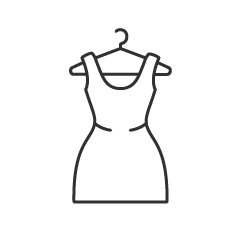
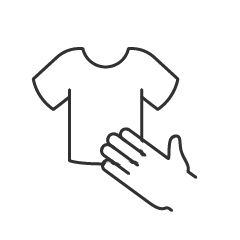
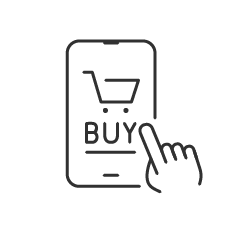
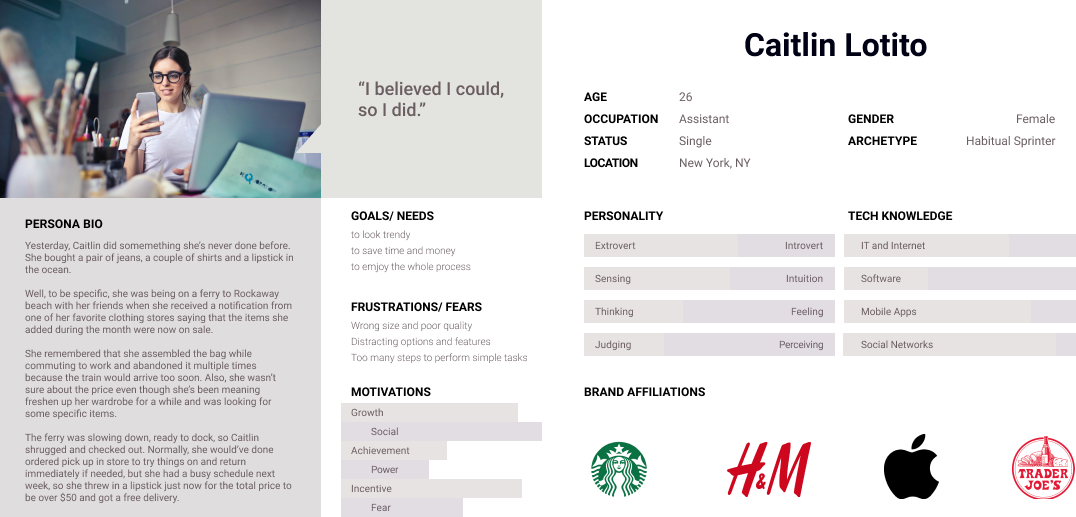
User Persona
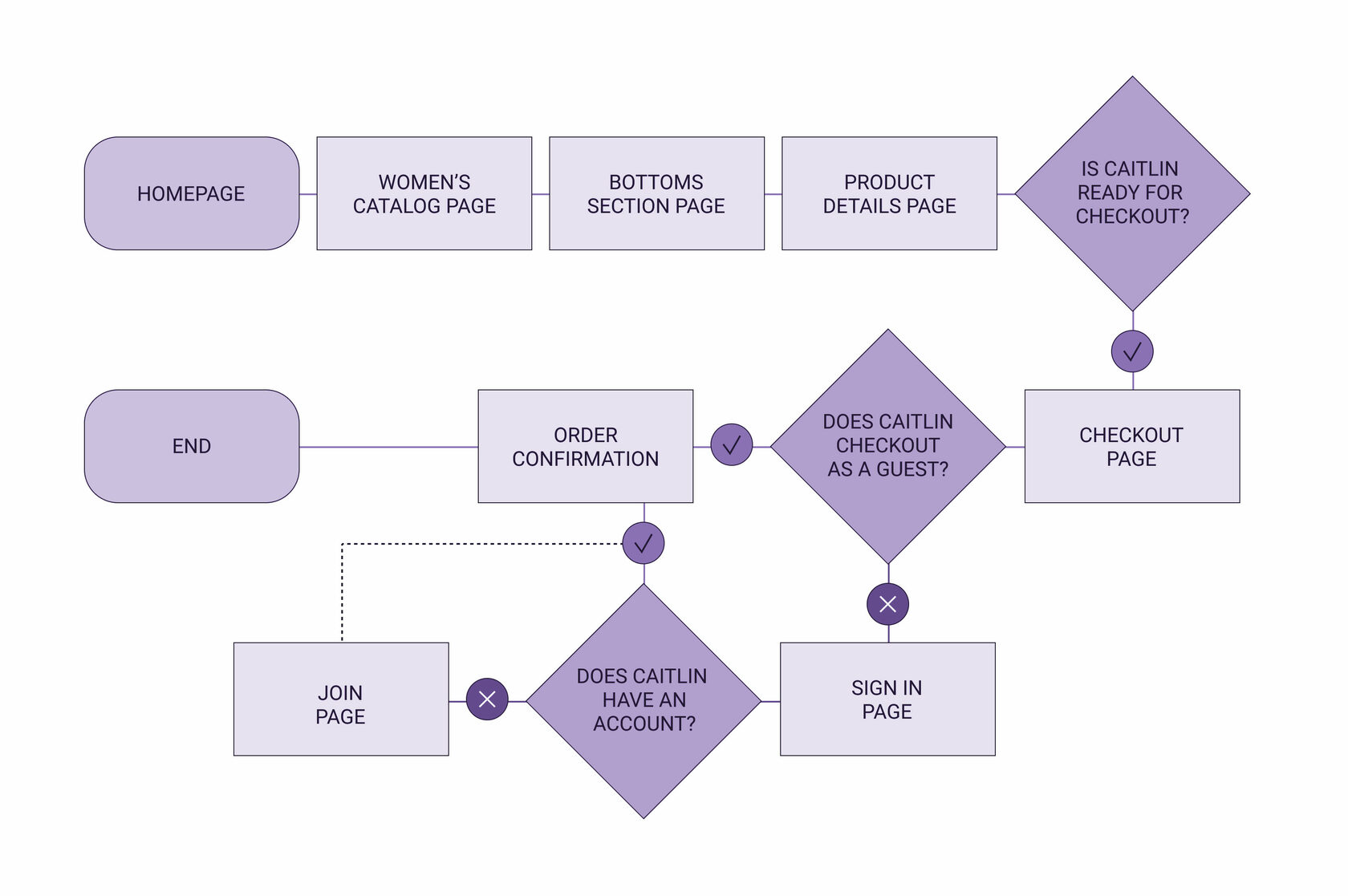
User Flow
Site Map

UI Kit
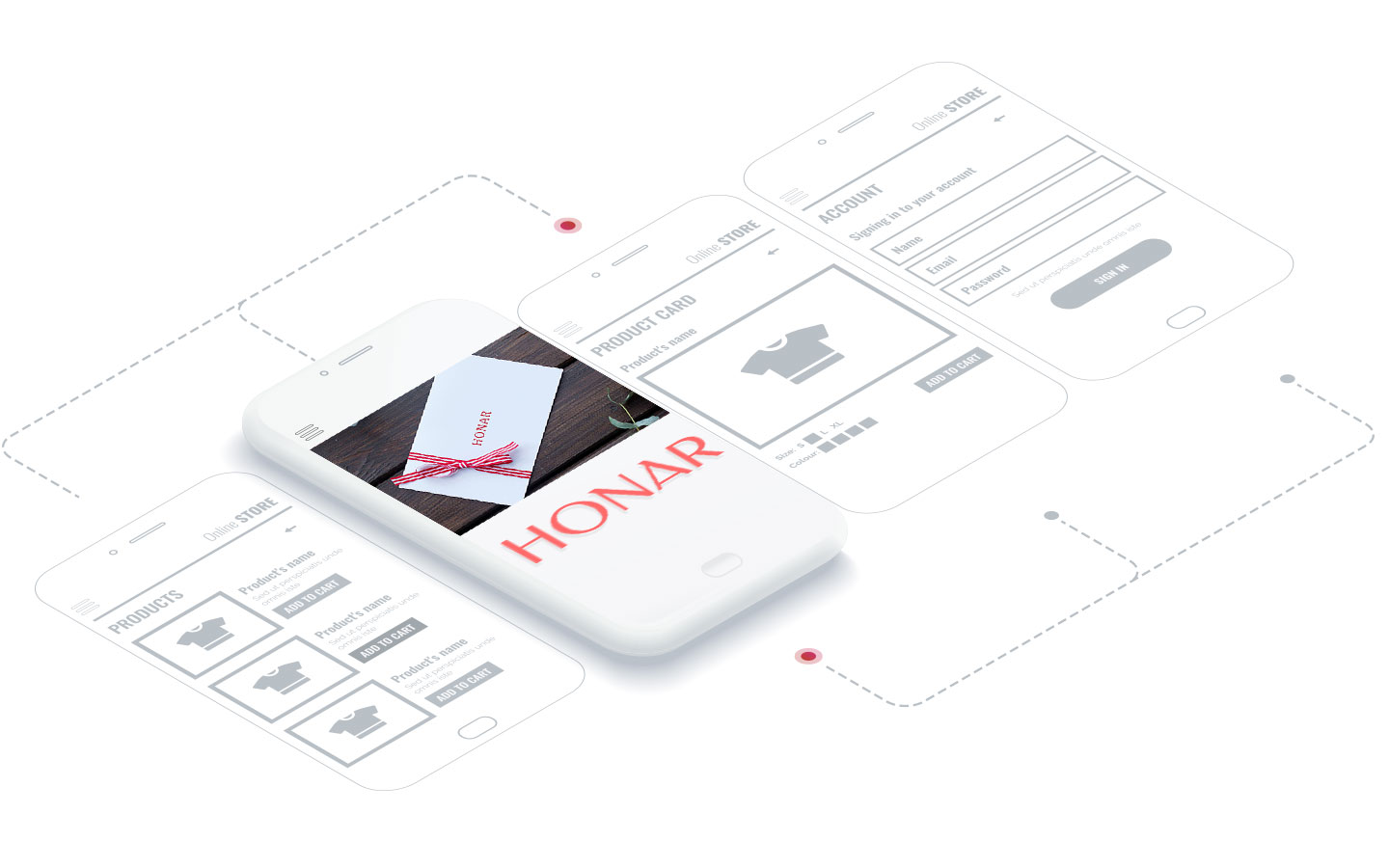






Wireframes

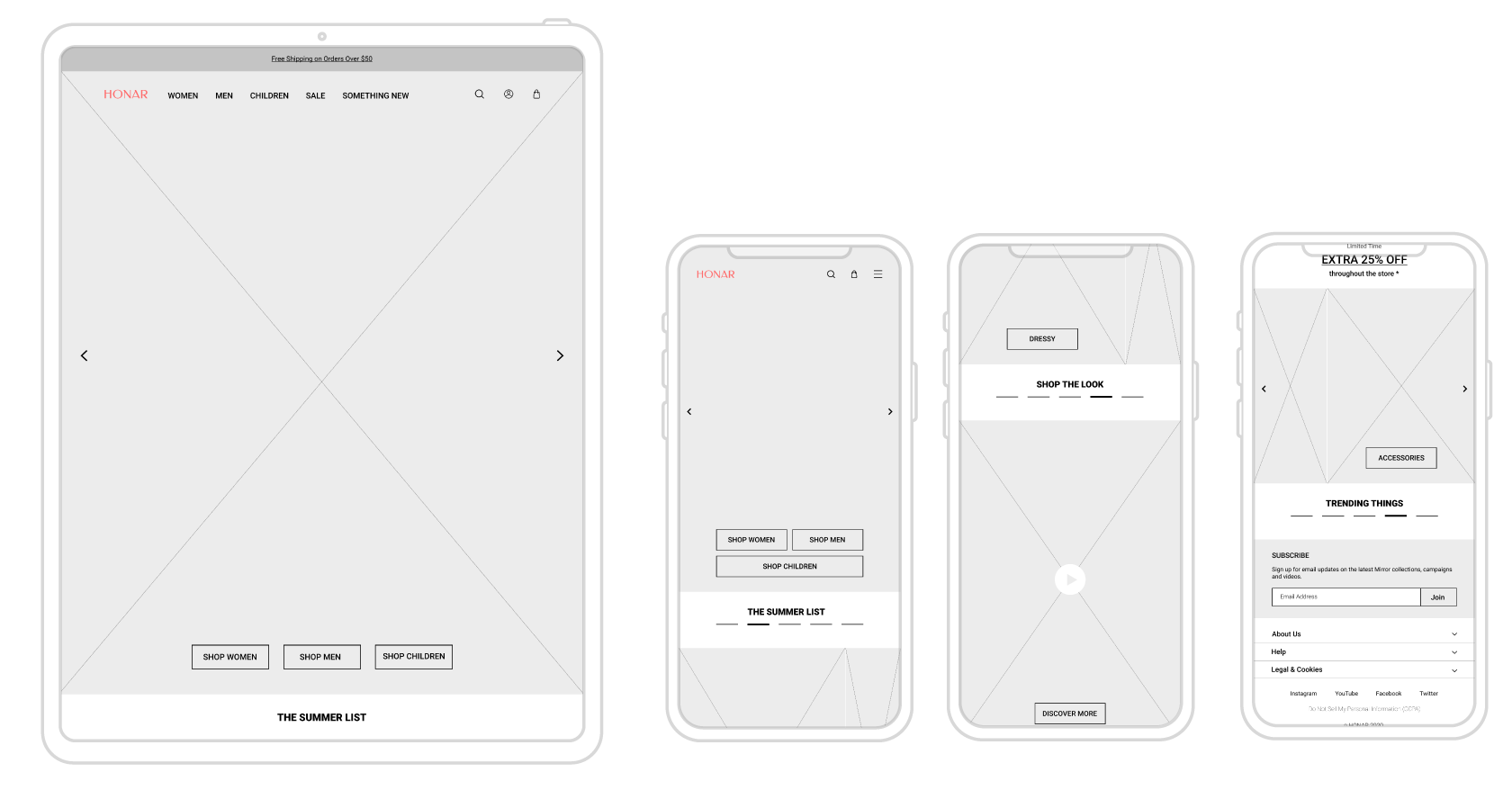
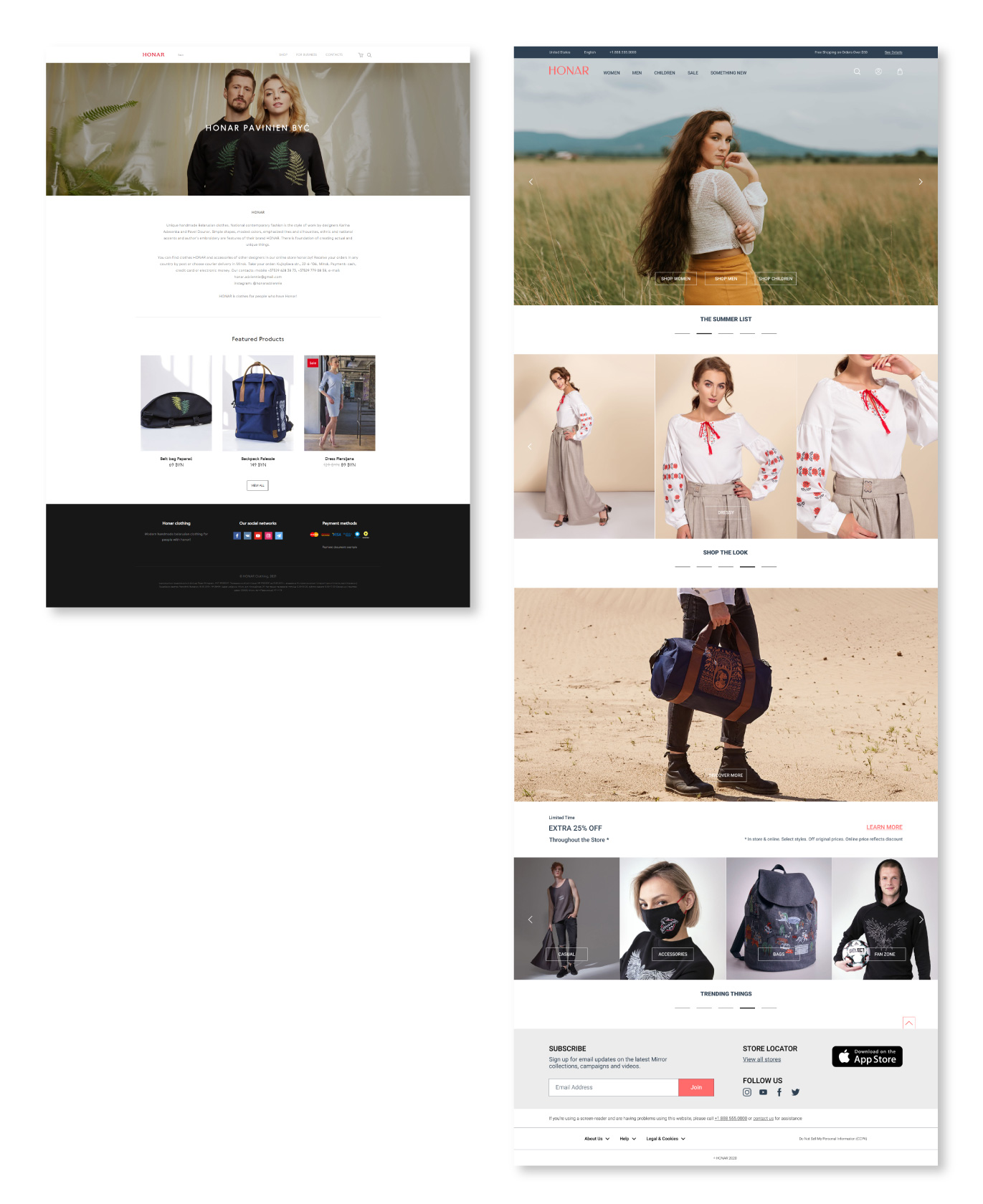
Before
After



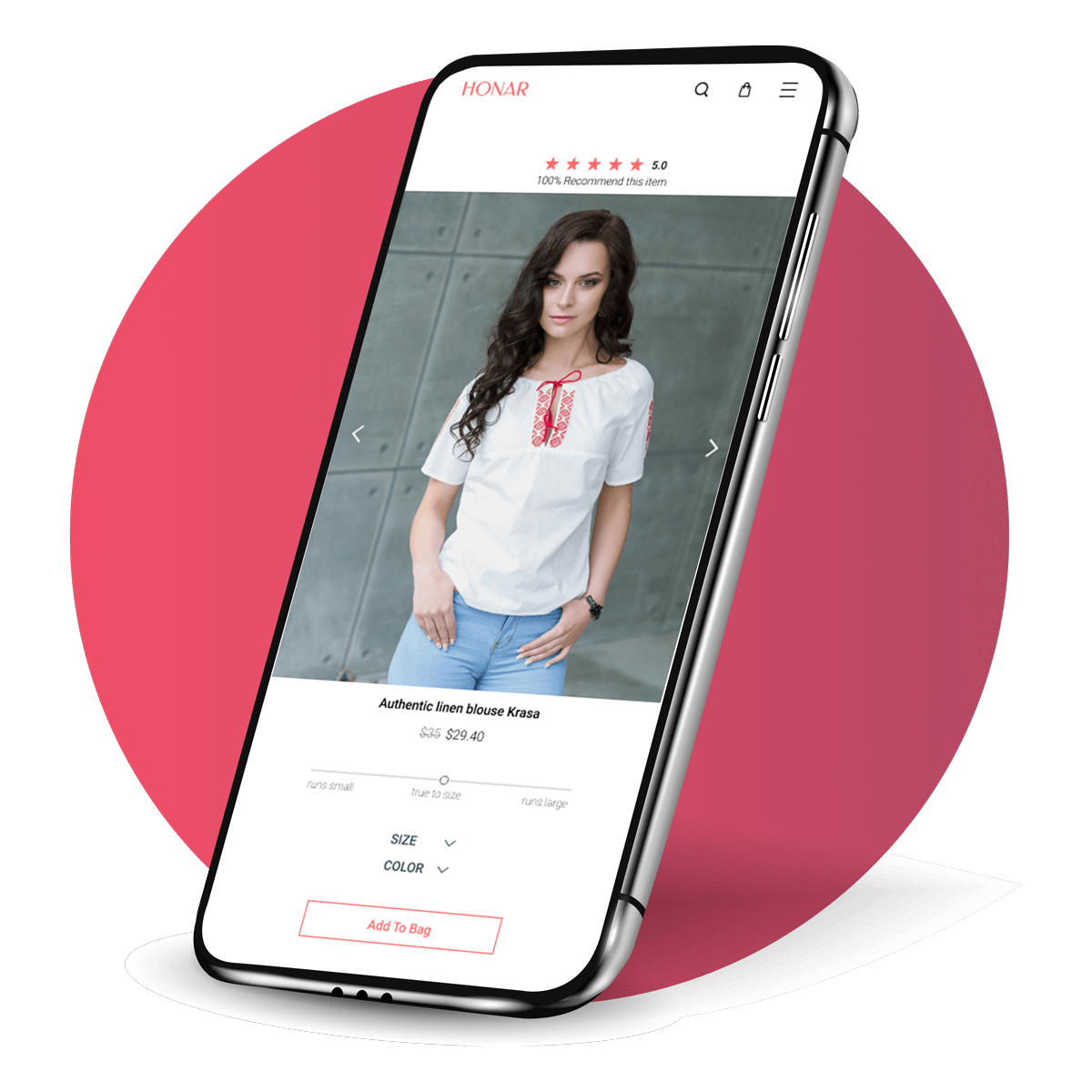
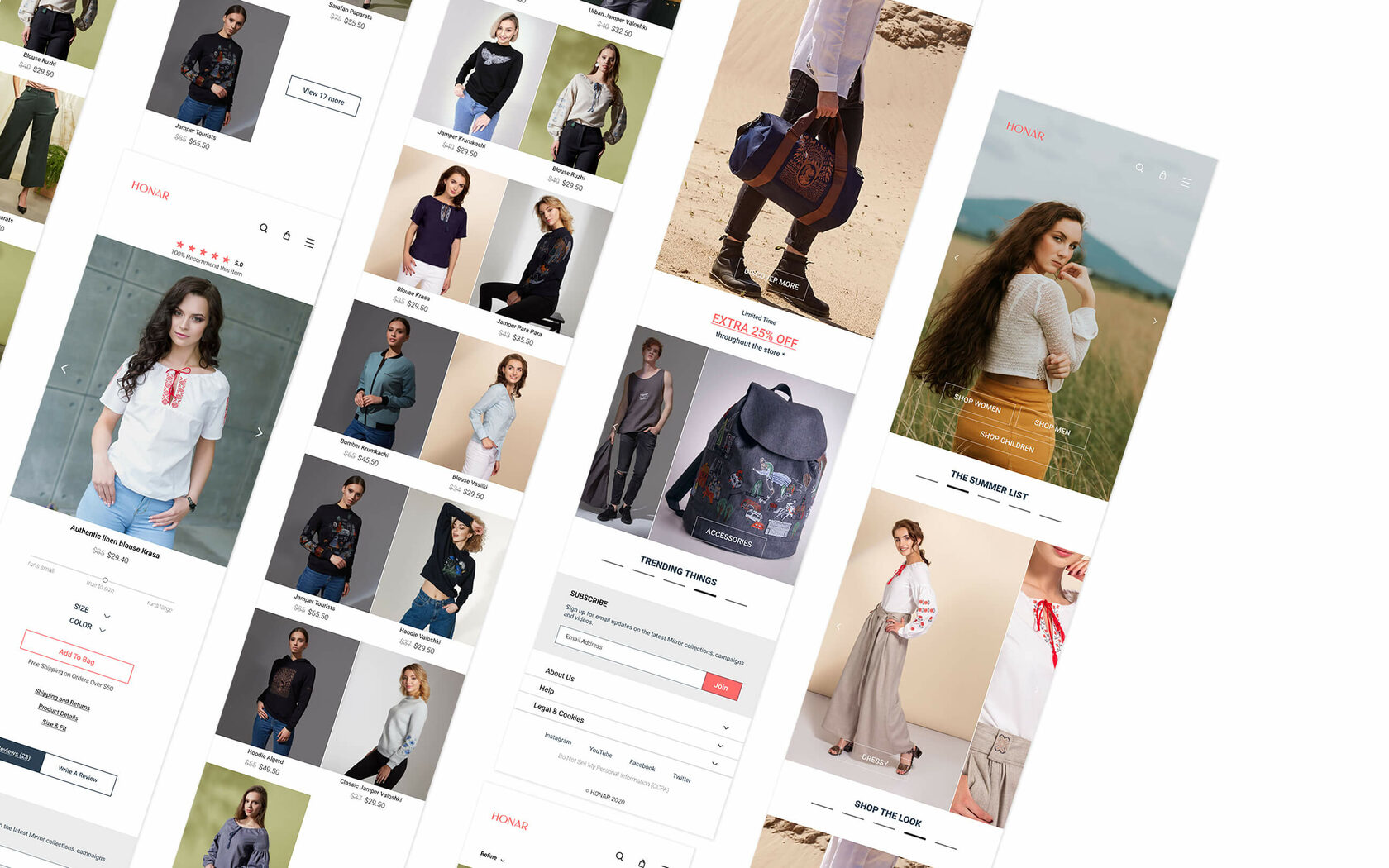
Takeaways
Brands invest into features, some of which are unique and some are common but reworked in a unique way. Sizing and returing, for instance, are no longer a headache but rather a fun experience worked out differently by different brands.
However, based on my research, I only scratched the surface of a bigger insight that lies behind e-commerce and user evolution and, therefore, intend to continue my work in this direction.
My next goal is to find out how I can rework catalogs in a way that is simple, pleasant for users and help differentiate the brand. I’m sure it’s going to be a breakthrough.
